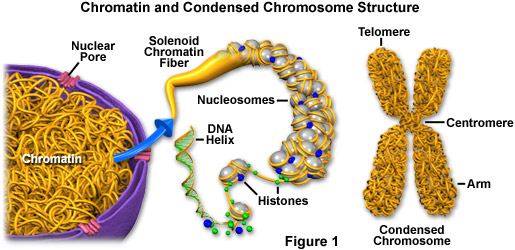204.WHAT ARE GENES?
Before a child is born, we can predict many of the biological characteristics of the child by observing the parents. This is because we know the laws of heredity.
For example, if one parent has brown eyes and the other has blue eyes, the child will be brown-eyed. If neither parent has any brown pigment in the ring around the pupil, the child also will have pure blue eyes. If one of the parents has curly hair, then the child will have an even chance of having curly hair.
However, the laws of human inheritance are sometimes quite complex. If a certain characteristic in the father is different from that in the mother, then the two contrary tendencies work themselves out. What happens is that one will appear in the child, and the other will not.
The trait that dominates the struggle is called dominant. The other trait is called recessive; it recedes from view. For example, brown eyes are a dominant trait, blue eyes, a recessive trait. That’s why the child described above would have brown eyes.
How are the characteristics of the parents passed on to the child? They are passed on in the nucleus of the egg cell and in their nucleus of the sperm cell. These nuclei consist of a large number, perhaps several thousand, of particles called genes. These are not loosely scattered in the nuclei, but are strung along threads like a necklace of beads.
The ripe egg has 23 of these strings of genes and so has the ripe sperm. When egg and sperm unite, there are 23 pairs of these strings called chromosomes.
The genes, even in the same chromosome, are not alike in the control that they have over development. Some are particularly effective in producing one organ; others, another organ or characteristic of the body. However, they all work together in the development of the body as a whole. The characteristics which belong to the genes of one thread are inherited together, though sometimes the threads may break up and interchange particles with other threads.



Leave a Reply